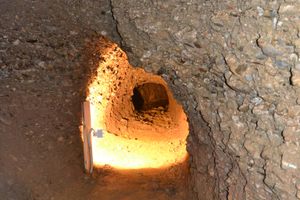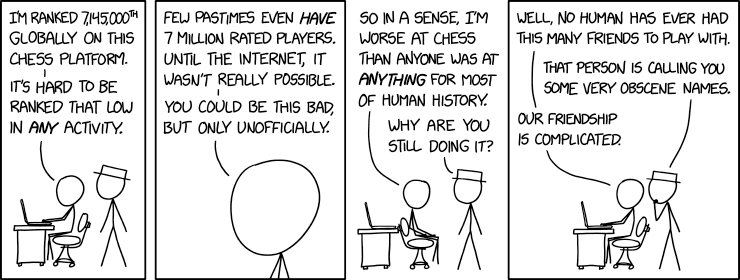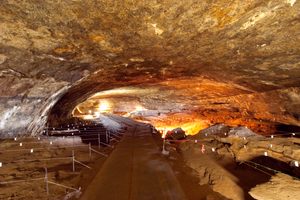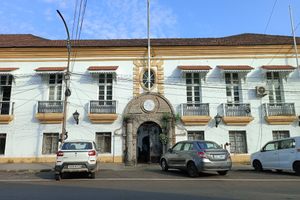https://archiveofourown.org/admin_posts/31879

Every month or so the OTW will be doing a Q&A with one of its volunteers about their experiences in the organization. The posts express each volunteer's personal views and do not necessarily reflect the views of the OTW or constitute OTW policy. Today's post is with Rhine, who volunteers as a volunteer manager in the Translation Committee.
How does what you do as a volunteer fit into what the OTW does?
As a Translation volunteer manager I mostly deal with admin work that surrounds the work our translators do – be it talking to other committees about things that are to be translated, preparing English texts for translation, making sure our version of the text is up to date, or getting texts published once they are translated – along with more general personnel stuff like recruiting new translators, keeping a clear record of who is supposed to be working on what and who is on break, checking in with translators and how they feel about their work, that kind of thing. Having been in this role for some time now, I also help with mentoring newer volunteer managers in how to do what we do, at the scale we do it.
What is a typical week like for you as a volunteer?
There isn't one singular stereotypical week in this role, but some different modes with different focuses that are more or less typical for me:
- Going on-call for a week: Translation volunteer managers work from a shared inbox that serves as a first point of contact for all inquiries related to the Translation Committee. Each week, one or two volunteer managers go on-call as the ones primarily responsible for making sure everything gets actioned and squared away as needed. This usually means spending a couple hours each day working through everything in the shared inbox, including but not limited to assigning tasks to translators, checking on translators who were on hiatus, triaging translation requests from other committees, and responding to any questions translators may have in the course of their work.
- Working on a bigger project, like a series of high-visibility posts (e.g. membership drive, OTW Board elections), opening recruitment, or internal surveys: When Translation does a committee-wide thing, it'll by necessity involve most or even all of our forty-some language teams, each with 1–8 members. Coordinating all that takes some organisational overhead (and some love for checklists and spreadsheets, along with automations where feasible), which typically means sitting down for a few hours on three or four days of the week and chipping away at various related tasks to keep things moving, including but not limited to asking other people to double-check my work before moving on to the next step.
- Working on smaller tasks: When I want to have a more relaxed week while still being active, I'll sit down on one or two afternoons/evenings, and take care of a task that is fairly straightforward, like scheduling and leading chats to check in with translators or train people on our tools, creating a template document with English text for translation, drafting and updating our internal documentation, asking others to look over and give feedback on my drafts, and giving feedback on others' tasks, drafts, and projects.
- Weekly chair training/catch-up chats: We have a regular weekly meeting slot to sit down and talk about the few chair-exclusive things in the Translation Committee, as part of chair training.
What made you decide to volunteer?
I actually started volunteering at the OTW as an AO3 tag wrangler back in 2020, when lockdowns were on the horizon and I felt like I could pick up some extra stuff to do. Growing up bilingual and with some extra languages under my belt, I ended up hanging out in some of the spaces with lots of OTW translators. Then I found out that I could internally apply as a Translation volunteer manager, and the rest is pretty much history. At that point I was missing the feeling of doing some volunteer management and admin work anyway!
What has been your biggest challenge doing work for the OTW?
On a high level, I'd say it's striking a balance between the expectations and the reality of the work the Translation Committee does, including the sheer scale. On a more concrete level, it's like this: Being a translator in the Translation Committee is, by default, a relatively low commitment, with a number of optional tasks and rosters that we encourage people to take on, if they have the time and attention to spare. Part of how we ensure that is by dealing with as much of the overhead in advance as we can, as Translation volunteer managers.
This means that for instance, when the English version of a text is updated – which may take about two minutes in the original text – we go through each language team's copy of the text, make the changes as needed in the English copy, highlight what was changed, and reset the status in our internal task tracker so that it can be reassigned to a translator. This way the changed part is clearly visible to the translator, so they can quickly pinpoint what they need to do and make the corresponding changes in the translated text.
For both the author of the original English text and the translator, this is a very quick task. On the admin side, on the other hand, it's the same two-minute process of updating our documents repeated over and over, about 15 times on the low end for frequent news post series that we only assign to teams that consistently have some buffer to absorb the extra workload, and almost 50 times on the high end for some of our staple static pages that (almost) all teams have worked on, meaning it's something that takes somewhere between 30 minutes to almost two hours even when it's a tiny change and you're familiar with the workflow.
(And that's before getting to very last-minute changes and emergency news post translations with less than two days' turnaround time, where we manually track everything across around thirty teams, usually. Each time that has happened, everyone's dedication has blown me away. Thank you so much to everyone who answers those calls, you know who you are!)
What fannish things do you like to do?
I like to read, especially if it's something that plays around with worldbuilding or other things that were left unsaid in canon. I wish there were more hours in the day so that I can pick up some of my creative projects again. I suppose some of my coding projects like my AO3 userscripts and my AO3 Saved Filters bookmarklet also count as fannish?
Now that our volunteer's said five things about what they do, it's your turn to ask one more thing! Feel free to ask about their work in the comments. Or if you'd like, you can check out earlier Five Things posts.
The Organization for Transformative Works is the non-profit parent organization of multiple projects including Archive of Our Own, Fanlore, Open Doors, Transformative Works and Cultures, and OTW Legal Advocacy. We are a fan-run, entirely donor-supported organization staffed by volunteers. Find out more about us on our website.
https://archiveofourown.org/admin_posts/31879














